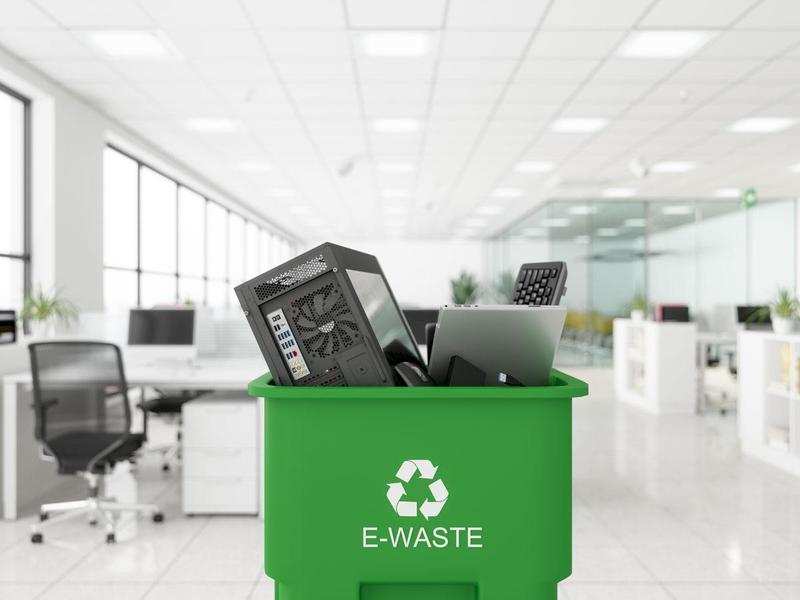

A brand new research has detected a wide range of rising synthetic antioxidants, known as hindered phenol and sulphur antioxidants, in mud from digital waste recycling workshops, probably posing dangers for the employees inside.
The research has been revealed within the ‘Environmental Science & Expertise Letters Journal’.
Earlier research had revealed widespread environmental pollution and human publicity to a category of compounds known as low-molecular weight artificial phenolic antioxidants. In lab experiments, a few of these compounds had been poisonous to rodents or human cells.
Just lately, producers launched a category of high-molecular weight artificial phenolic antioxidants, often known as hindered phenol antioxidants (HPAs), with improved efficiency and slower migration from merchandise.
Along with HPAs, compounds known as sulphur antioxidants (SAs) are sometimes added to rubber and plastic polymers as “helper” antioxidants. The toxicological results and environmental incidence of most of those new compounds are unknown. Subsequently, Lixi Zeng and colleagues wished to analyze the incidence of rising HPAs and SAs in mud from e-waste recycling centres — workshops the place giant quantities of discarded electronics, akin to laptop computer computer systems, cell telephones, tablets, wires and cables are dismantled and processed.
In August 2020, the researchers collected 45 mud samples from three classes of e-waste recycling workshops in an industrial park in Yichun Metropolis, China: wire and cable dismantling, digital plastic processing, and common e-waste dismantling.
Then, they used liquid chromatography/tandem mass spectrometry to display for 18 rising HPAs and 6 rising SAs. All 24 compounds had been detected within the mud: 22 for the primary time and a few at comparatively excessive ranges in contrast with different e-waste pollution. Though mud concentrations of SAs had been related for the completely different classes of workshops, centres that dismantled wires and cables and processed digital plastics had considerably larger ranges of mud HPAs than those who dismantled common e-wastes.
Given the ever present incidence of rising HPAs and SAs in e-waste mud, additional analysis is required on their environmental behaviours, fates, toxicities and dangers, the researchers mentioned.
The authors acknowledged funding from the Nationwide Pure Science Basis of China, the Guangdong Particular Help Program, the Guangdong (China) Modern and Entrepreneurial Analysis Staff Program, the Particular Fund Mission for Science and Expertise Innovation Technique of Guangdong Province and the Elementary Analysis Funds for the Central Universities.
FbTwitterLinkedin






